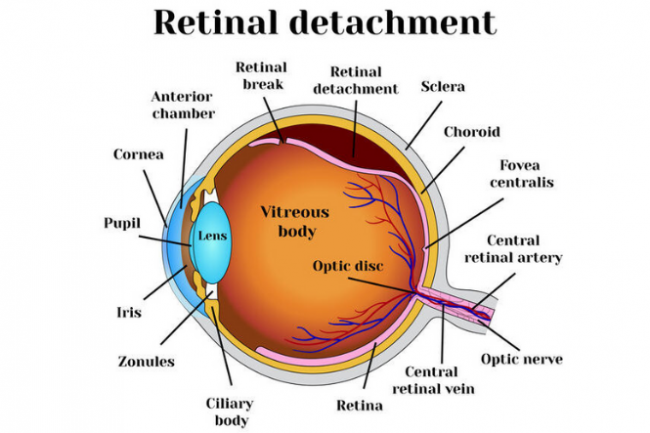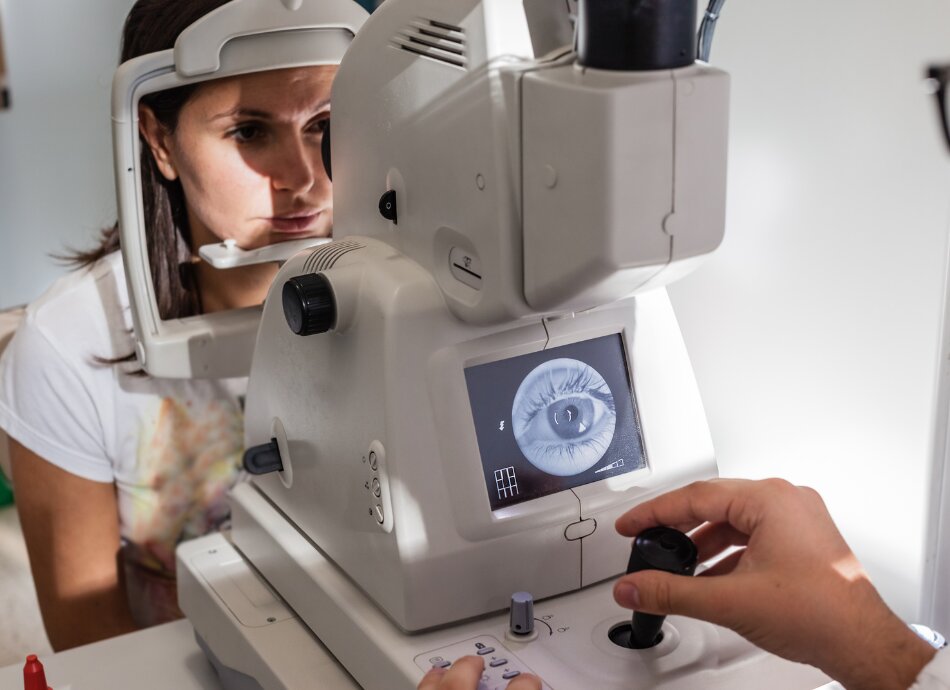How the retina works
The retina is the innermost wall of the eye. It is made up of light-sensitive cells called rods and cones, which detect shape and colour. Light enters the eye and is focused on the retina by the lens. The retina makes a picture from the light and sends this image to the brain via the optic nerve. If the retina is damaged, the image will be distorted.

Image credit: 123rf
Causes of retinal detachment
Retinal detachment occurs when small holes or tears occur in the retina and allow fluid to seep inside. This creates pressure within the retina which causes the rods and cones to become separated from the underlying tissue. The most common cause of retinal tears is the shrinking of the vitreous (a thick, jelly-like substance within the eyeball that keeps it firm). As the vitreous shrinks, it pulls the retina away from the back of the eye.
Another cause of retinal detachment is scar tissue caused by inflammation. The scar tissue can tug on the retina, causing it to pull away from the underlying tissue. This can be a complication of diabetic eye or other eye diseases. Rarely, fluid can seep out of blood vessels in the eye and cause the retina to be separated.
A retinal detachment can also be caused by an injury or trauma to the eye.
Who is at risk?
There are about 400 cases of retinal detachment per year in New Zealand. In most cases, there is no clear trigger. It is more common in patients with myopia (short sightedness), the elderly and those with a family history of retinal detachment.






